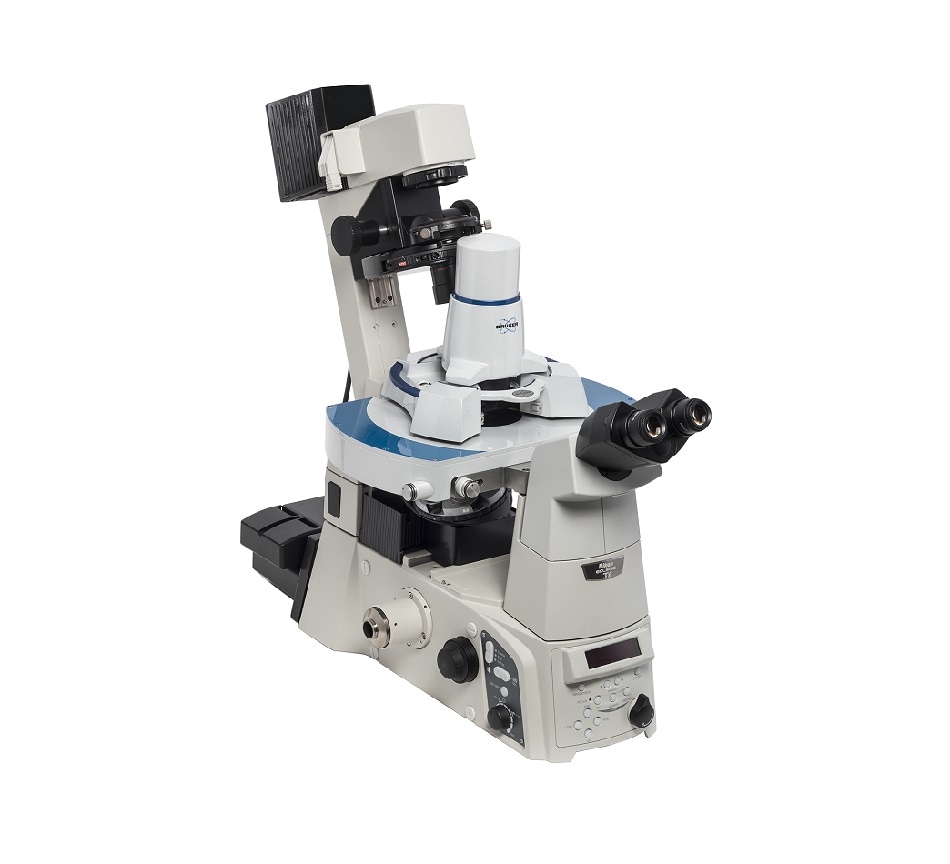Bruker today announced the launch of FluidFM® on the BioScope Resolve® AFM. For the first time, cell biology researchers can combine the femtoliters-scale fluid control and injection capability of Cytosurge’s FluidFM technology with the force control, resolution, and speed that is only available with Bruker’s PeakForce Tapping® technology. The combined product opens the door to a whole range of novel single-cell investigations, including colloidal probe spectroscopy, single-cell injection, and single-bacteria adhesion studies.

BioScopeResolve BioAFM
BioScope Resolve comes with PeakForce Quantitative Nanomechanics (PeakForce QNM®), which uniquely enables mapping of receptors on live cells. With the addition of FluidFM, researchers can now routinely pick up and drop off colloids and thereby effectively change tips whenever needed in PeakForce QNM–enabled force spectroscopy experiments.
They can also inject or manipulate cells, and then track changes to mechanical properties on dozens of cells using the system’s new Advanced Correlation Stage, which extends BioAFM operation to the millimeters range. Moreover, researchers can execute single bacteria adhesion studies that combine FluidFM with BioScope Resolve’s optical synchronization to correlate adhesion and confocal fluorescence data in investigations of biofilms and pathogenic pathways.
Manipulating cells, and injecting biomolecules into cells while sensing piconewton forces, and imaging at the nanometer scale, are AFM capabilities that enable fundamentally new correlative information", said David V. Rossi, Executive Vice President and General Manager of Bruker's AFM Business.
Partnering with Cytosurge to integrate FluidFM with BioScope Resolve and PeakForce Tapping technology fits perfectly with our strategy to take BioAFM experiments beyond imaging, from mechanobiology and drug delivery to the probing of biochemical interactions.